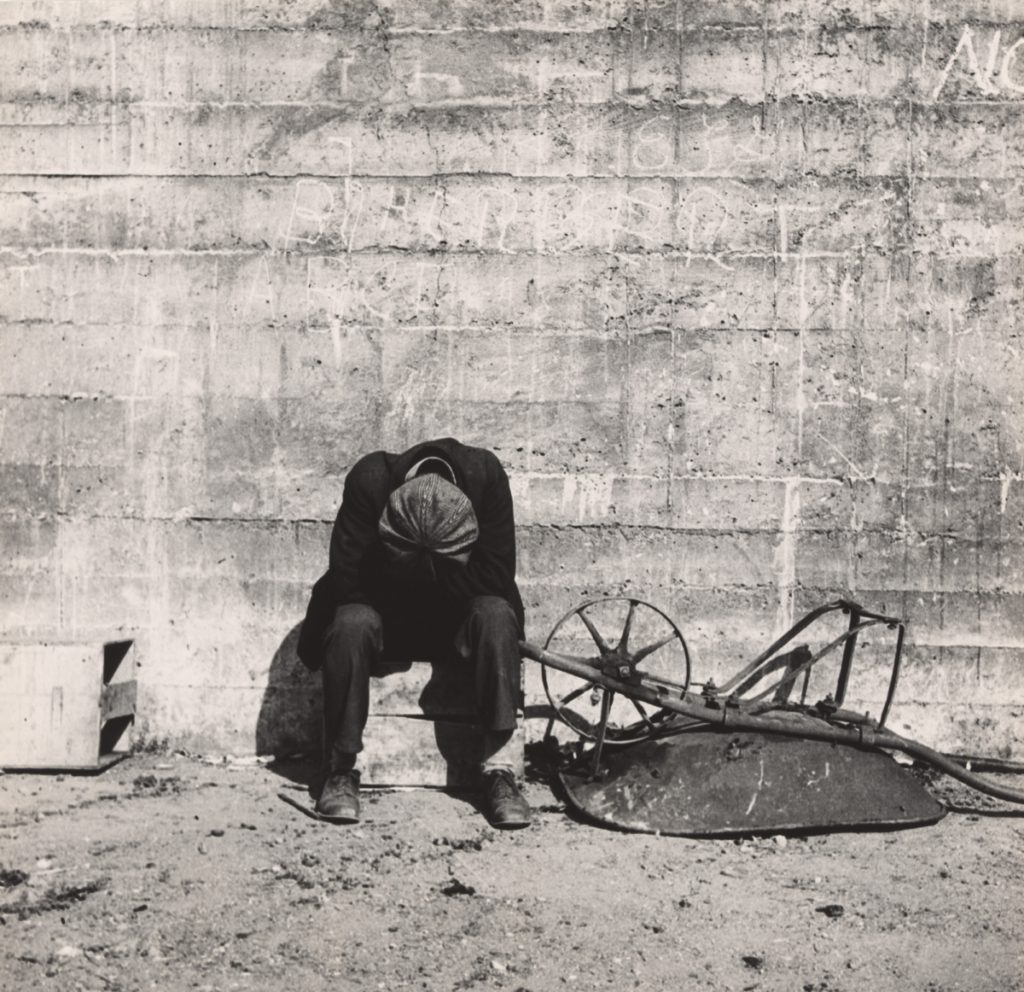Dorothea Lange was born in Hoboken, New Jersey on May 26, 1895 and was an American documentary photographer during the Great Depression. She grew up in the Lower East Side and studied photography at Columbia University. She contracted polio at the age of seven, which left her with a limp for the rest of her life. In her twenties, Lange found her calling as a photographer and began documenting the lives of the people around her. She quickly became known for her empathy and sensitivity, and her images often captured the essence of her subjects in a way that was hard to replicate. Lange’s work has become deeply ingrained in the US, and her humanitarian approach to photography has inspired countless documentary photographers to this day. Dorothea’s most notable portrait photo is Migrant Mother, Nipomo, California (1936) and was first exhibited in the MOMA in 1940. Her images of migrant workers, displaced families, and struggling communities are powerful and deeply moving. Her photographs inspired social change through exposing the unemployment and poverty and the effects on the American people. I chose this photographer because I believe that art can be used to encourage more than just beauty. Form follows function and there is more to a photograph than what meets the eye and it can tell a story otherwise difficult. Visual storytelling through photography can be especially powerful when driving social change.

The photo pictured above, Man beside Wheelbarrow, San Francisco 1934, shot by Dorothea Lange and would have been at the height of the Great Depression. The image features a solitary man sitting beside an upturned wheelbarrow against a crumbling brick building and a dirt road. The man is all alone and his body is curled in onto itself showing exhaustion and despair and the background displays numerous crumbling buildings that add to the sense of isolation and desolation. The photo is in black and white drawing the viewers eye to the subject without any distracting colors. It’s striking how the subject is surrounded by a lot of negative space, showing the extent of the hopelessness of the time. With great composition and framing, there is a lot of emotion showcased whilst showing very little.
There is a lot of contrast between the man and his surroundings. The harsh shadows contrast with the gentle light on the background, making the man the central focus of the image. Despite that, the photo’s lighting is very even on the background and the man and his wheelbarrow alone remains the darkest part of the image. The man’s posture and body language shrinks him down and minimizes him, conveying again that feeling of loneliness without any need of facial expressions. There are repetitive horizontal lines within the brick that draw the eye from one side of the photo to the other. The photo is very balanced as well with the man on one side and the wheelbarrow on the other. These techniques serve the critical purpose of communicating the photographer’s intended message, demonstrating the power of photography to teach and inspire.




Leave a Reply